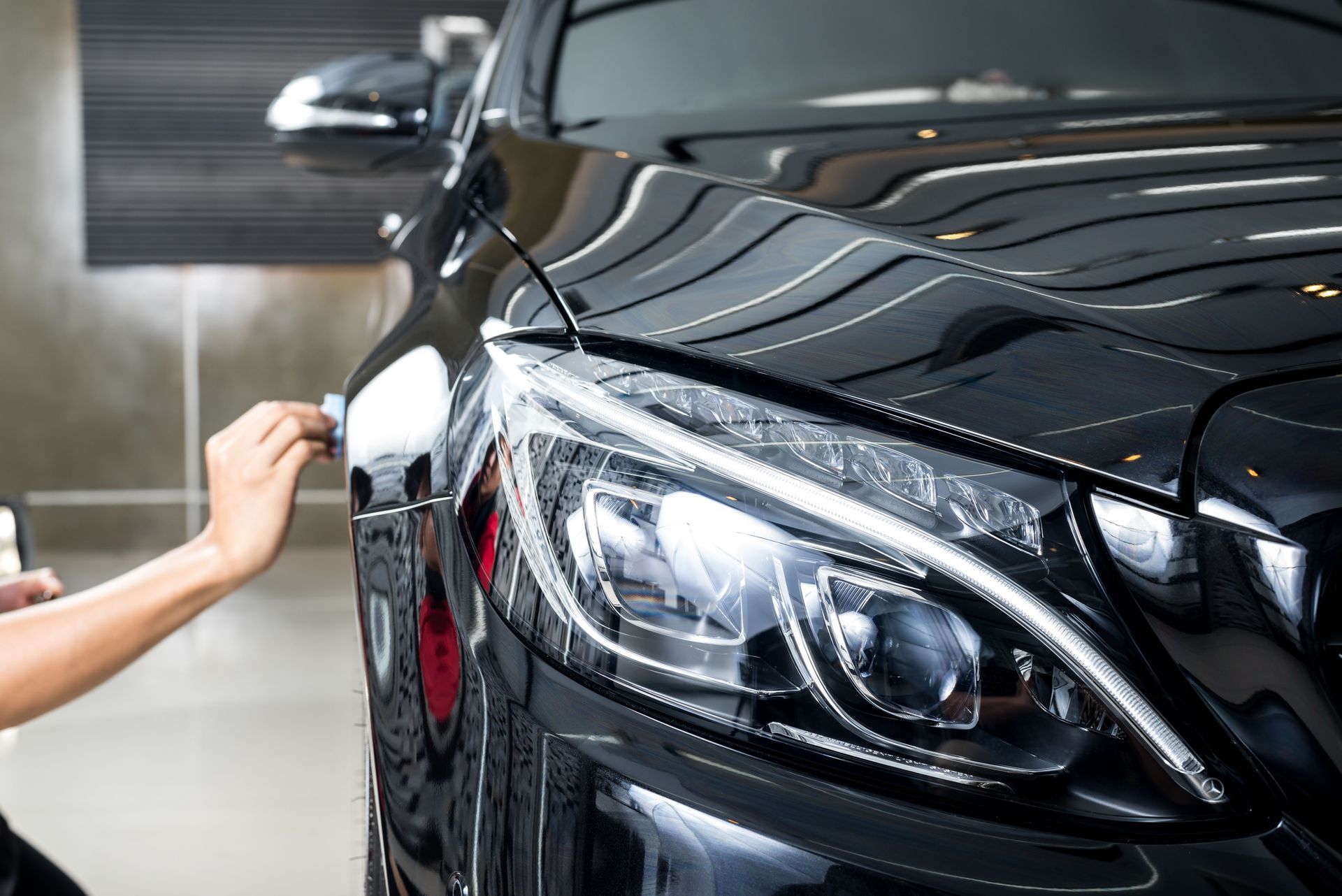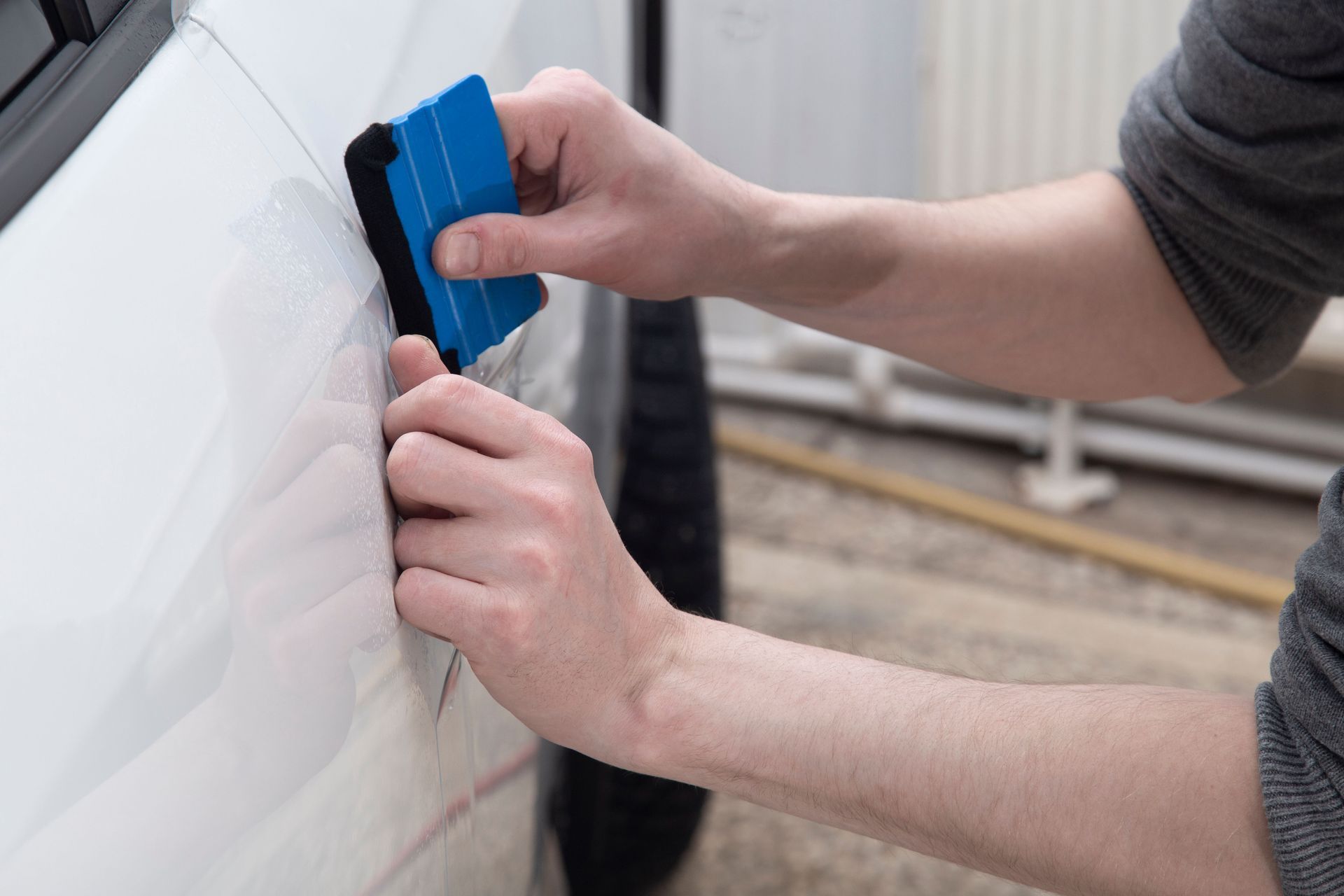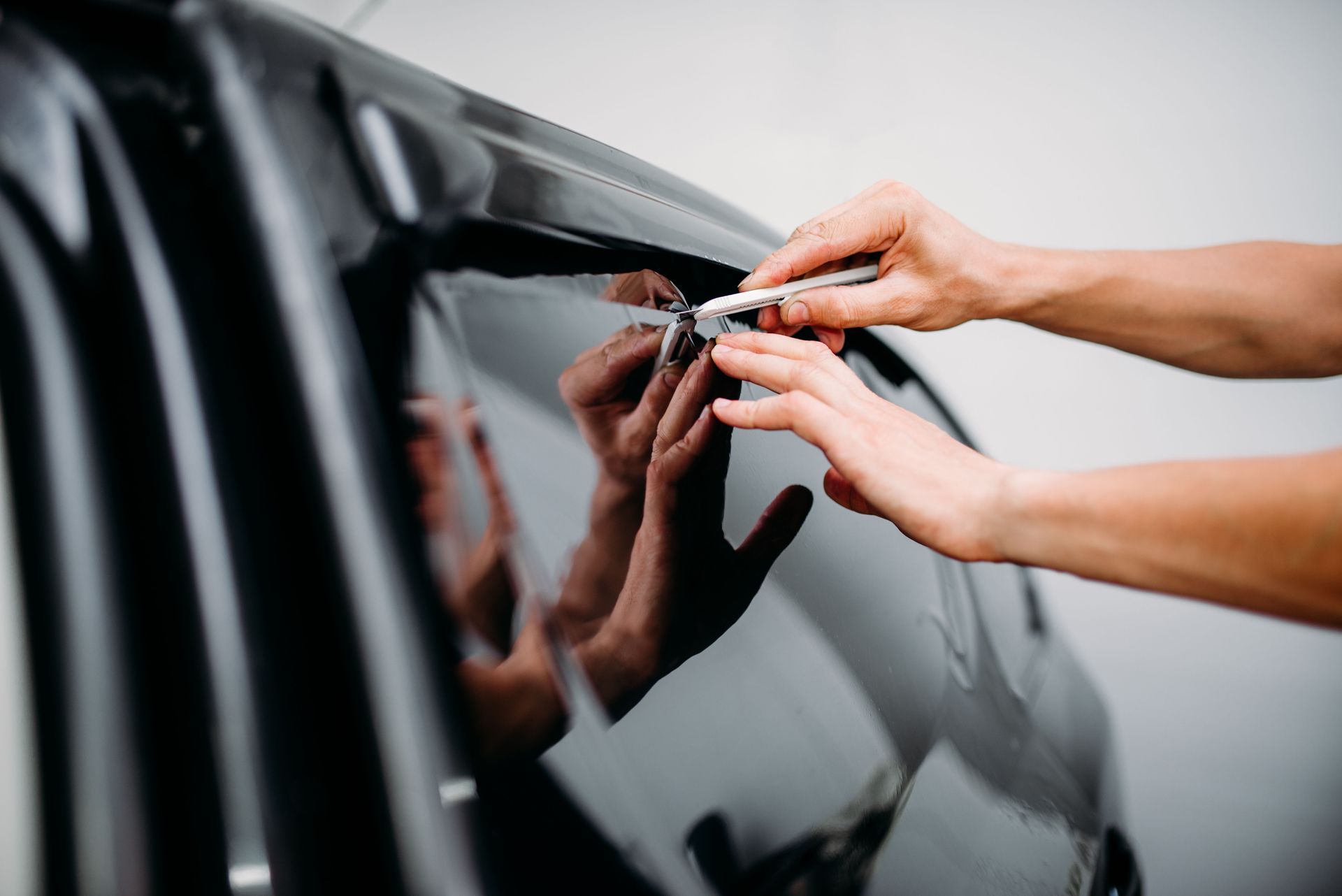5 Tips to Exend the Life of Your Paint Protection Film
When it comes to keeping your car looking new, paint protection film (PPF) has become an increasingly popular solution. This clear, durable layer shields your vehicle’s paint from scratches, stone chips, and other everyday wear and tear. Many car enthusiasts and everyday drivers alike are realizing that investing in PPF is more cost-effective than repeatedly repairing chips, dents, or scratches on their paintwork. Not only does PPF protect your car, but it also helps maintain its resale value by keeping the exterior in pristine condition.
With the right care, this invisible armor can keep your vehicle looking freshly detailed for years. While PPF is designed to be tough, its effectiveness and lifespan depend heavily on how well it is maintained. Taking a few extra steps in your car care routine can make a significant difference, keeping your vehicle looking pristine for years. We’ll walk through five essential tips for maintaining your PPF. From washing techniques to avoiding harsh environmental factors, these best practices will help you maximize your investment and ensure your car remains protected while maintaining its showroom shine.
1. Cleaning Without Scratches
One of the most critical steps in maintaining your paint protection film is keeping your vehicle clean. Dirt, dust, and other contaminants can scratch the film if not removed carefully. Use a mild car wash soap and soft microfiber wash mitts to clean the surface without causing abrasion. Avoid harsh chemicals, abrasive sponges, or brushes, as these can damage both the film and the underlying paint.
Rinse thoroughly before washing to remove loose debris. A two-bucket method, one for soapy water and one for rinsing the mitt, can help reduce the risk of scratching. Regular cleaning prevents buildup that can dull the clarity of your PPF and makes it easier to spot areas that may need closer inspection.
Additionally, consider washing your car on a weekly or bi-weekly basis, depending on driving conditions. Areas with heavy traffic, construction zones, or dirt roads may require more frequent cleaning. Regular washing also helps prevent contaminants like sap, pollen, or road grime from bonding with the film, which can be difficult to remove if left for too long.
2. Drying for a Spotless Finish
After washing, drying your car correctly is just as important as the wash itself. Using a high-quality microfiber towel or a dedicated car drying towel can help prevent streaks and scratches. Avoid using household towels or air-drying, as these methods can leave water spots or allow debris to etch the surface of your paint protection film.
For those with larger vehicles, a car dryer or leaf blower on a cool setting can be a great alternative. Not only does this minimize contact with the film, but it also helps remove water from tricky areas like seams, edges, and crevices. Proper drying ensures your PPF remains smooth, clear, and free of water-related stains.
Another tip is to dry in a shaded area or during cooler times of the day. Direct sunlight can cause water droplets to act like magnifying glasses, potentially leaving marks on the surface of the film. Taking a little extra time with drying can prevent water spots from forming and help maintain the flawless look of your PPF over time.
3. Checking for Wear and Tear
Even the most durable film isn’t invincible. Small chips, scratches, or lifting edges can occur over time, especially on areas exposed to heavy wear, like the front bumper or side mirrors. Regularly inspecting your PPF for damage allows you to address minor issues before they become larger problems.
If you notice small dirt or tar spots embedded in the film, use a dedicated tar remover or clay bar specifically designed for paint protection film. Avoid aggressive scrubbing; instead, gently work the product over the affected area. According to SEMA, about one-third of all car owners (33%) have some type of vehicle customization, meaning many people are investing in protective films and other upgrades to maintain their car’s appearance. Proper spot care keeps your investment in top condition and prolongs the life of your PPF.
It’s also wise to keep an eye on the edges and corners of the film. These areas are more prone to lifting, especially in high-impact zones like the hood, fenders, and side mirrors. If you notice peeling or separation, contact a professional installer for touch-ups or repairs. Addressing these issues early prevents further damage and ensures the film continues to protect your paint effectively.
4. Enhancing Protection With Coatings
There’s some confusion about whether paint protection film can be waxed. The good news is that most modern PPFs can safely be treated with a high-quality wax or paint sealant. However, it’s important to use products compatible with PPF to avoid yellowing or deterioration. Avoid abrasive polishes or cleaners not explicitly approved for use on film, as these can compromise the protective layer.
Ceramic coatings are another excellent option. A ceramic coating applied over PPF adds a hydrophobic layer, helping repel water, dirt, and contaminants while enhancing the gloss. Regular maintenance using PPF-safe waxes or coatings will not only improve aesthetics but also extend the functional life of the film.
Beyond aesthetics, waxing or coating your PPF can make cleaning easier. Dirt and grime are less likely to stick to a well-maintained surface, which reduces the risk of scratching during washing. Establish a maintenance schedule for applying wax or coating, such as every three to six months, to keep the film performing optimally.
5. Shielding From Harsh Conditions
While PPF is designed to withstand daily wear, extreme environmental conditions can reduce its lifespan. Prolonged exposure to direct sunlight, acid rain, bird droppings, or harsh chemicals can gradually degrade the film, causing it to lose clarity or become discolored. Whenever possible, park in shaded areas, a garage, or use a high-quality car cover to protect the surface from these damaging elements.
If your vehicle is exposed to snow, ice, or road salt, wash and rinse it promptly to prevent corrosion and staining. Avoid automatic car washes with stiff brushes, as these can scratch the film and reduce its clarity. Additionally, keeping the film free of debris like sand, dirt, or tree sap helps prevent micro-abrasions that can accumulate over time. By minimizing exposure to harsh elements and staying vigilant with cleaning, you’ll preserve both the appearance and effectiveness of your PPF for years.
For added protection, consider PPF-specific sealants or sprays that help repel contaminants and maintain the film’s smooth, clear finish. These simple preventative measures can prevent yellowing or hazing, ensuring your PPF continues to protect your paint and maintain your vehicle’s value.
Paint protection film is an invaluable investment for maintaining your vehicle’s appearance, shielding it from scratches, chips, and everyday wear. By following a few simple maintenance steps—gentle cleaning, careful drying, regular inspections, compatible waxes or coatings, and avoiding harsh environmental conditions—you can extend the life of your film and keep your car looking pristine.
With proper care, your PPF will continue to provide clear, durable protection, allowing you to enjoy your vehicle’s showroom finish for many years. A small effort in maintenance goes a long way toward preserving the beauty and value of your car. Take pride in your investment, and your car will thank you with a long-lasting shine.
Protect your vehicle with the highest quality paint protection film from Imperial Autosports. Contact us today to schedule an installation and keep your car looking flawless for years to come.




Share On: